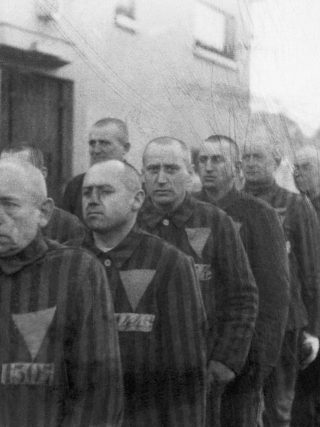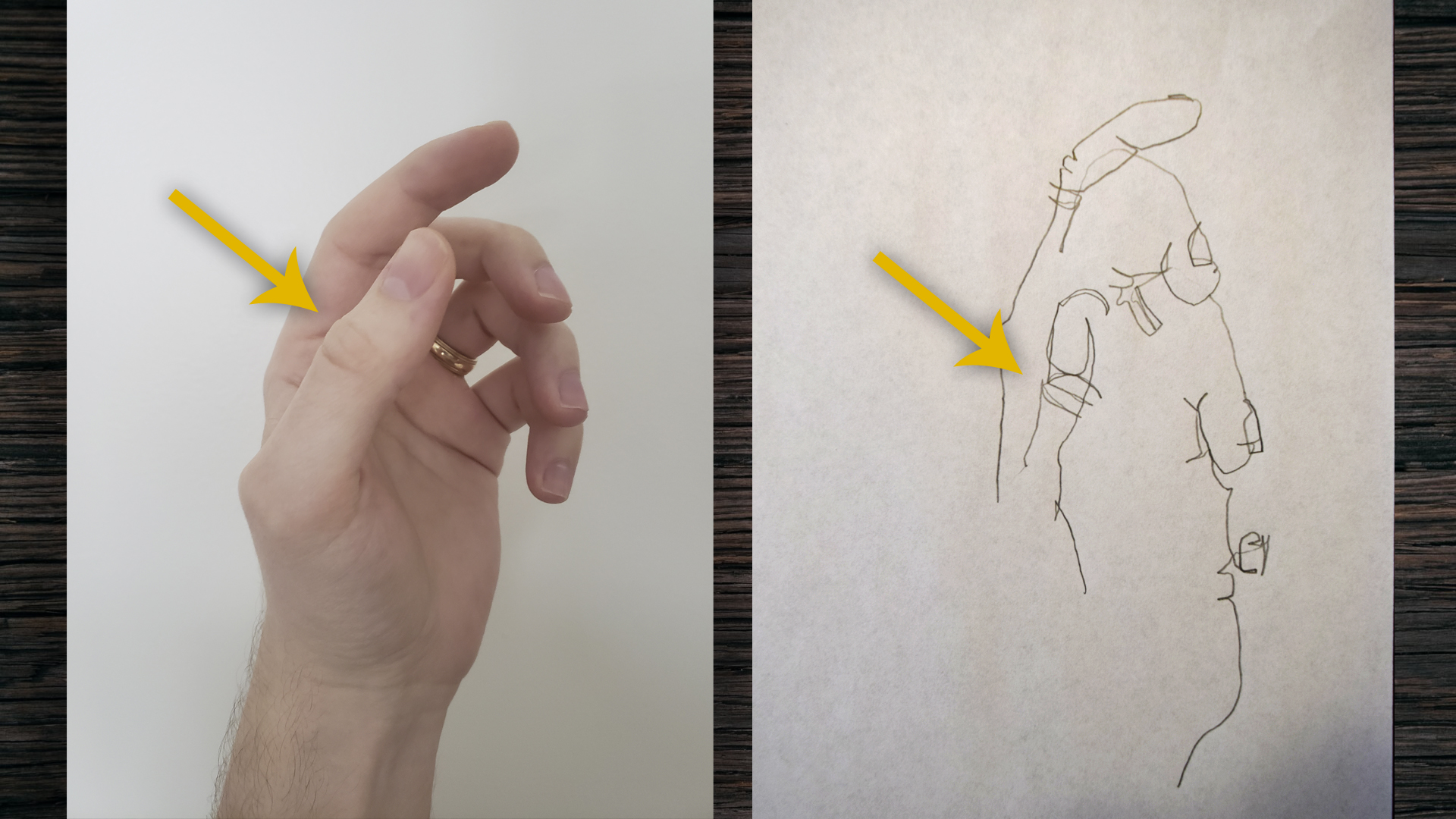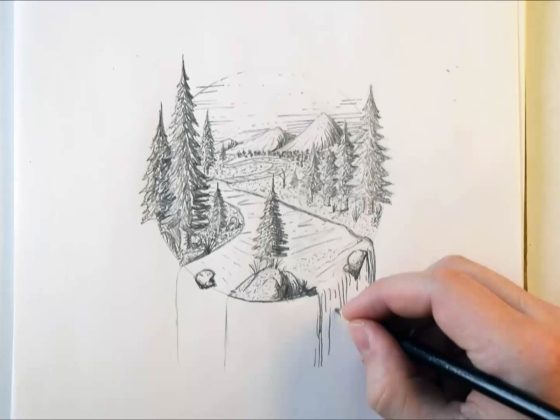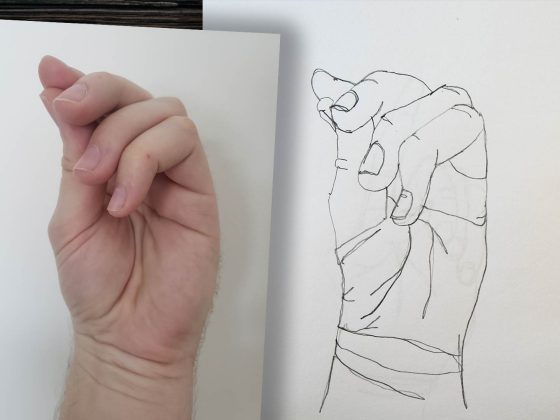I remember learning “blind” contour drawing in art class in elementary, middle, and high school. Unfortunately, it wasn’t until I was student teaching that I learned why blind contour was so important to learning how to draw. I remember watching my cooperating teacher explain this lesson to one of my first classes… and it finally made sense. It also made me realize why so many people think that they “can’t draw” or that “being artistic” is an inherited gift that can’t be learned.
Every art teacher I had previously instructed us to look at an object and draw it without looking at it. There was never any explanation of how this connected to hand-eye coordination or how this would strengthen my reliance on the information my eyes were taking in and translating it to the direction my pencil should move. It’s like riding a bike, playing a video game, or eating cereal with a spoon. Drawing is a basic skill that anyone can learn with the proper instruction. I put these lessons together to spread this message.
Draw what you see,
not what you think you see.
The most important component in any lesson is to copy what can be observed. When starting, ignore what you think you know about an object. Eventually, you will want to rely on what you know about the natural world around you and apply this knowledge to change how an image looks. But if you are just starting out, ignore what your brain is telling you because it will keep you from drawing what you see accurately. Here are some examples:
- A cup has a handle and a rounded bottom.
- My hand has five fingers.
- A face has two eyes, two ears, a nose, and a mouth.
While all these things might be true, these assumptions discount all of the important details. From which angle is the cup and the handle seen? Will all fingers be seen if the hand makes a fist? What if the head is turned and is partially obscured?
I remember shoe drawing exercises and knew there were better ways to teach this lesson. Let’s start to build confidence by tackling one of the “hardest” drawing tasks for beginners: drawing hands. You will want to pay attention to all of the small details, including fingernails and knuckle lines. You will draw these without looking at the paper, picking up your pencil, and taking your eyes off your posed hand. This exercise is not about making a realistic-looking drawing. It’s practice to synchronize your eyes with your drawing hand.





